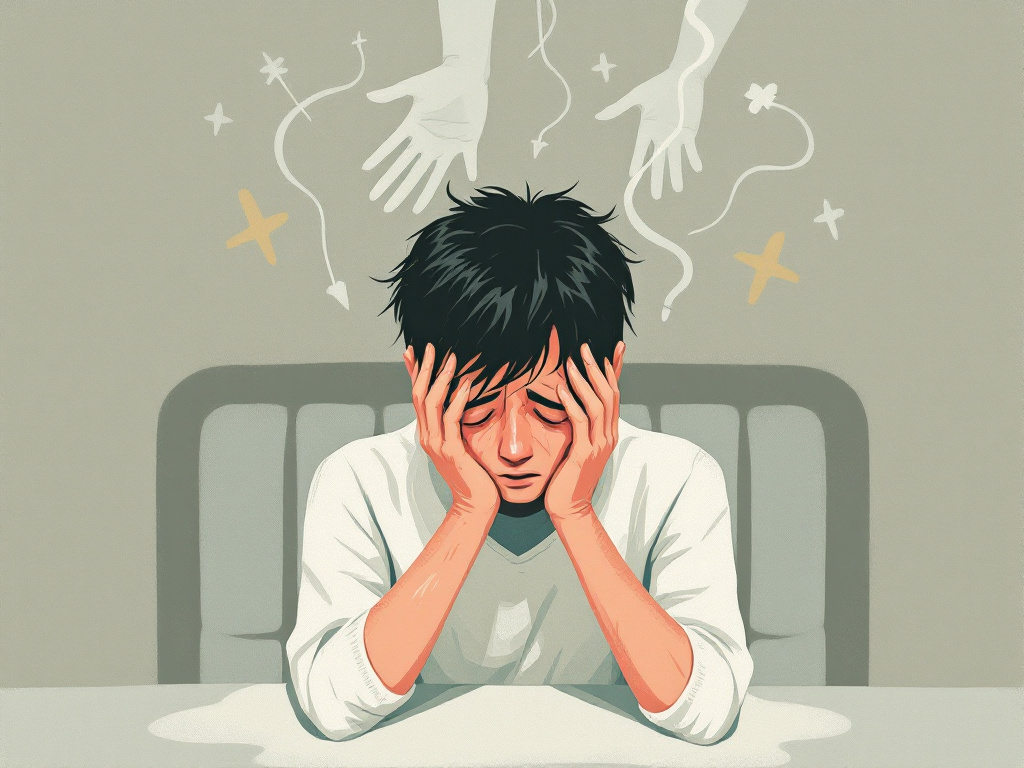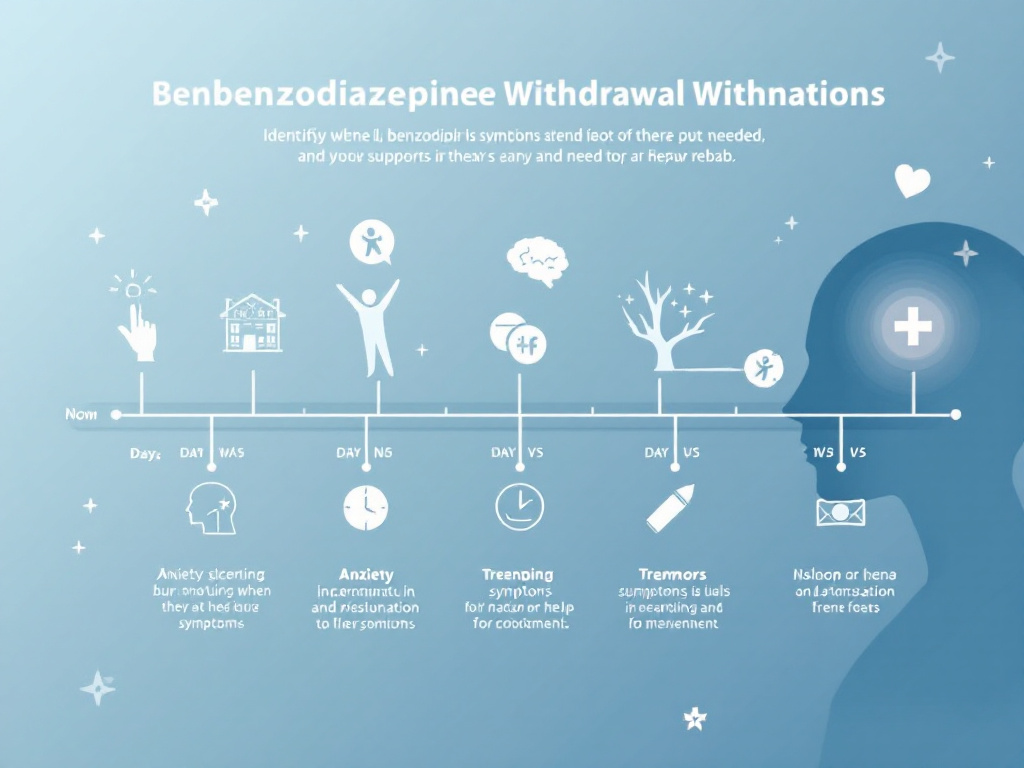Quitting alcohol abruptly can seem like a straightforward path to better health, but the dangers of quitting alcohol suddenly are real and potentially life-threatening. When you stop or drastically reduce long-term heavy drinking, your central nervous system loses alcohol’s depressant effect and becomes overexcited, leading to a range of withdrawal symptoms from mild discomfort to severe complications [1]. About half of people with alcohol use disorder—28.8 million adults in the US—will experience withdrawal symptoms if they quit without medical support [1].
Understanding how withdrawal unfolds, recognizing warning signs, and knowing when you need professional help can protect you or a loved one from serious harm. This article guides you through what to expect when you stop drinking, common pitfalls of at-home detox, indicators that you need medical supervision, and how professional programs manage stabilization and reduce complications.
Understand alcohol withdrawal
What happens in your body
When you drink heavily over time your brain adapts by reducing its sensitivity to alcohol’s calming effects on GABA-A receptors and increasing excitatory NMDA receptor activity. If you stop drinking suddenly your central nervous system becomes hyperexcitable, which can trigger symptoms such as tremors, anxiety, elevated heart rate, and in severe cases seizures or delirium tremens. Delirium tremens is life-threatening, with 5 to 10 percent mortality if untreated [1].
Timeline of symptoms
Withdrawal symptoms follow a predictable pattern, though individual experiences vary. You may notice early signs even while alcohol is still in your system.
| Time since last drink | Possible symptoms |
|---|---|
| 6–24 hours | Anxiety, insomnia, tremors |
| 24–48 hours | Sweating, nausea, increased blood pressure |
| 48–72 hours | Seizures, hallucinations |
| 72–96 hours | Delirium tremens, severe confusion |
| Weeks to months | Mood swings, sleep disturbances, cravings |
Symptoms often peak between 24 and 72 hours after your last drink and can persist as protracted withdrawal features for weeks or months, including insomnia and mood changes [1].
Identify severity indicators
Mild vs severe symptoms
Mild withdrawal can include irritability, headaches, and mild tremors. Severe withdrawal may involve:
- Grand mal seizures (more than 5 percent of untreated cases)
- Visual or tactile hallucinations
- Severe agitation or confusion
- Delirium tremens (DTs) with fever, rapid heart rate, and disorientation
If you or someone you care for exhibits any of these, explore symptoms of severe alcohol withdrawal and seek immediate medical attention.
Protracted withdrawal syndrome
After acute symptoms subside you may still face protracted withdrawal syndrome (PWS), which can last a year or longer. PWS includes lingering anxiety, tremor, depressive symptoms, and sleep disturbances that heighten relapse risk [2]. Recognizing PWS early helps you plan ongoing support and coping strategies.
Recognize common pitfalls
At-home detox risks
Choosing to detox at home may feel private and low cost, but it exposes you to uncontrolled risks. Without medical supervision:
- Seizures and DTs may go untreated
- Dehydration, electrolyte imbalance, and cardiac arrhythmias can progress unnoticed
- Nutrient deficiencies may worsen
That is why professionals warn why you should not detox at home.
Kindling effect
Repeated withdrawal episodes can amplify brain hyperexcitability, making each subsequent detox harder and more dangerous. This “kindling” effect increases seizure risk and severity over time [3]. Preventing repeated unassisted detox attempts is crucial for safety.
Nutritional deficiencies
Chronic alcohol use depletes thiamine and other B vitamins, raising risk for Wernicke-Korsakoff syndrome—severe neurological impairments if untreated [2]. Without proper medical and nutritional support your risk of permanent damage rises.
Know when to seek help
Medical warning signs
You should seek emergency care if you experience:
- Two or more generalized seizures within 48 hours
- Confusion, disorientation, or extreme agitation
- High fever, rapid heart rate, high blood pressure
- Hallucinations or delirium tremens
Review withdrawal symptoms that require medical care to know exactly when to call for help.
When detox is not enough
Medical detox focuses on stabilizing your body, but doesn’t address underlying behavioral health issues. If you have co-occurring mental health conditions, repeated relapses, or lack a safe environment, when detox is not enough, you may need a residential or outpatient rehab program.
Signs you need medical detox
Ask for professional assessment if you have:
- History of seizures or DTs
- Severe physical health problems
- Social factors that could hamper safe at-home recovery
- Polysubstance use or high tolerance
Explore signs you need medical detox for a full checklist.
Understand professional detox benefits
Medical stabilization
In a supervised setting you receive 24-hour monitoring of vital signs and symptom progression. Early intervention reduces the risk of seizures, delirium tremens, and other life-threatening events.
Medication management
Cross-tolerant medications such as long-acting benzodiazepines and anticonvulsants are administered to ease withdrawal and prevent complications [3]. Additional therapies may include thiamine and multivitamin supplementation.
Support and monitoring
Nursing staff and addiction specialists provide emotional support, assess co-occurring disorders, and adjust treatment plans in real time. Continuous monitoring helps detect subtle danger signs before they escalate.
Prepare for safe detox
Pre-detox assessment
A thorough evaluation considers your drinking history, physical health, mental health status, and social environment. This intake process guides personalized detox protocols that match your needs and risk factors.
Treatment readiness
Detox success often hinges on your motivation and support network. Engage family or friends in planning, set realistic expectations for discomfort, and arrange follow-up care. Understanding detox vs withdrawal differences helps you know what to expect.
Post-acute management
After acute detox you may face protracted withdrawal symptoms. Programs offer continued support to ease lingering anxiety, mood swings, and sleep issues. Seek post acute withdrawal syndrome help to maintain momentum and reduce relapse risk.
Maintain long-term recovery
Follow-up care
Ongoing outpatient therapy, peer support groups, and check-ins with medical professionals help you stay on track. Regular monitoring of mental health and possible medication adjustments ensure stability.
Holistic therapies
Incorporating mindfulness practices, yoga, nutrition counseling, and exercise promotes overall wellness. These complementary approaches address stress, improve sleep, and enhance resilience.
Relapse prevention
Identify personal triggers, build coping skills, and develop a structured routine. Having a relapse prevention plan—including emergency contacts and support group meetings—gives you tools to manage cravings and stay sober.
Navigating the complexities of quitting alcohol suddenly demands knowledge, planning, and professional guidance. By recognizing common pitfalls, understanding symptom severity, and engaging medical support, you can minimize risks and set the stage for lasting recovery.






